June 4 - 10, 2017: Issue 315
Chuck Bradley
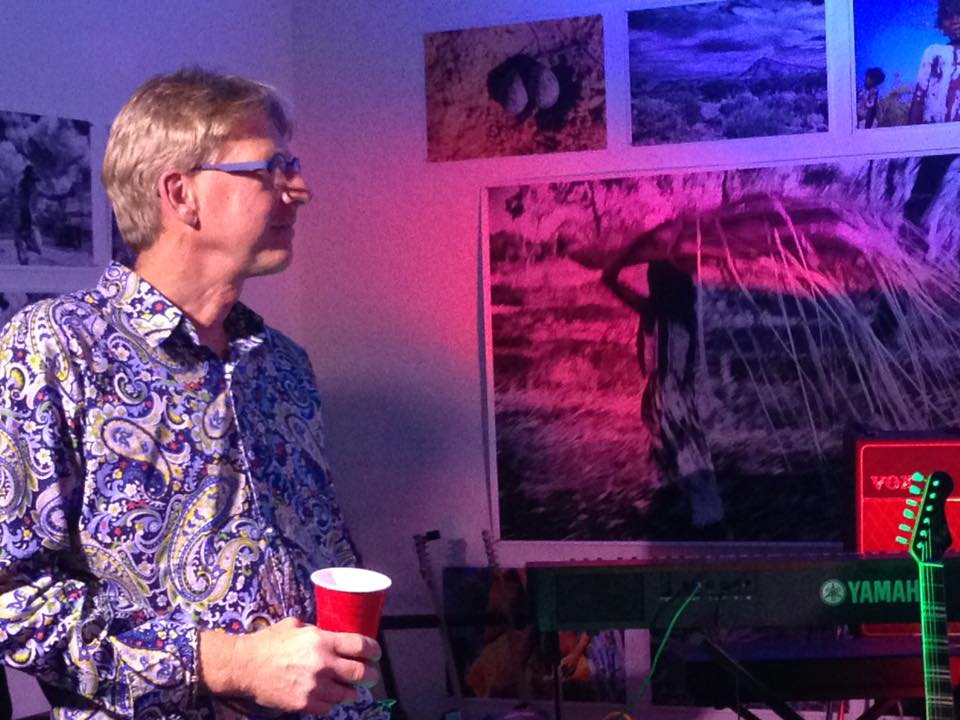
Chuck Bradley at opening of Instrumental - photo courtesy Simon Chan, director and founder of Art Atrium
Chuck Bradley
Born in Willow Street, Pennsylvania in the USA, Chuck Bradley has established an impressive reputation as an artistic and commercial photographer in Australia over the past decades. This week his latest exhibition, Instrumental, officially opened at the Manly Art Gallery & Museum. Today, Sunday June 4th, he will be part of an Art Talk + Walk at 2pm - a special treat with photographer Chuck Bradley in conversation with Ross Heathcote.
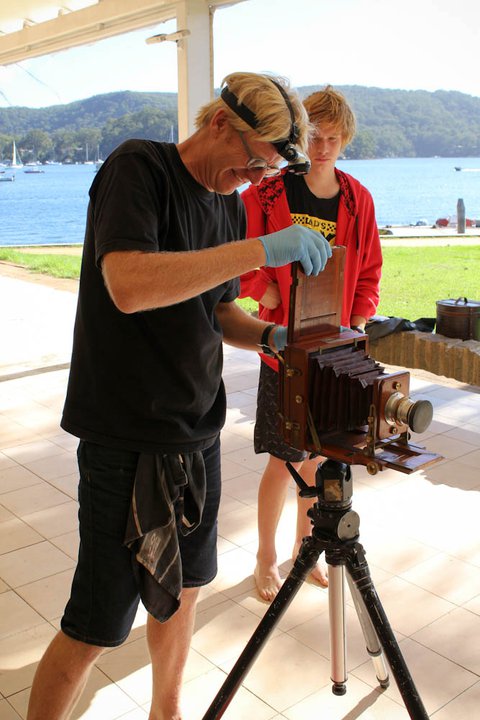 A Scotland Islander, Chuck's Still Life's are acclaimed by crowds and critics alike. His appointment as “Artist in Residence” at the Bradman Museum and International Cricket Hall of Fame at Bowral for Depth of Field, first exhibited in 2014 and recently part of the Fine Art section of the 2017 Head On Photo Festival, followed comparable engagements at the Manly Regional Art Gallery and Museum and the Manly Ocean Sanctuary.
A Scotland Islander, Chuck's Still Life's are acclaimed by crowds and critics alike. His appointment as “Artist in Residence” at the Bradman Museum and International Cricket Hall of Fame at Bowral for Depth of Field, first exhibited in 2014 and recently part of the Fine Art section of the 2017 Head On Photo Festival, followed comparable engagements at the Manly Regional Art Gallery and Museum and the Manly Ocean Sanctuary.The Manly Regional Art Gallery and Museum staged his solo exhibition “Nostalgica” – and acquired two images for its collection. The Manly Arts Festival facilitated his solo installation, “Life Aquatic” which had its genesis at the Manly Sea Life Ocean Sanctuary and was first inspired by daily travels across from Scotland Island to the mainland and the aquatic life seen in such an environment.
Chuck has also enjoyed success and won prizes at Group shows, in Sydney, Melbourne and at the Tweed River Regional Art Gallery for his magical “Life Aquatic” series, and wet plate collodion work in recent times. Well known for his love of Polaroid – he has three transfers in the Polaroid collection in Cambridge, MA. Chuck’s work also resides in other collections both here and overseas.
In still life photography, a photographer creates an image with full control over lighting, mood, and composition. Still-life photography as a form of art takes a great deal of learning and experience. You need to master the art of selecting objects, the lighting and dozens of other variants.
Chuck is also a part of our community - in January 2011 he was among the crowd at the Gone Fishing Gallery (formerly in the old Pasadena on Pittwater at Church Point) for an evening of music, champagne and FUN aimed at raising cash support to contribute to the Brisbane flood appeal. Chuck donated two Duck Day prints to be auctioned.
When not caring about others he's on the drum kit as part of local blues band the Sly Dogs, most recently playing at the Manly Art Gallery & Museum with Australian music legends who turned out to ensure the opening of Instrumental was one that will be remembered. An Aussie supergroup featuring Reg Mombassa (Mental As Anything) g/v, Buzz Graham Bidstrup (The Angels, GangGajang) d, Dom Turner (Backsliders) g/v, Rick Grossman (Matt Finish, Divinyls, Hoodoo Gurus) b, Damien Lovelock (Celibate Rifles) v, Joe Glover (Backsliders) harmonica, and Chuck Bradley himself, gave some sound to his wonderful photographic narratives. Other attendees included Phil Small (Cold Chisel), Iva Davies (Icehouse) and Lindy Morrison (Go Betweens).
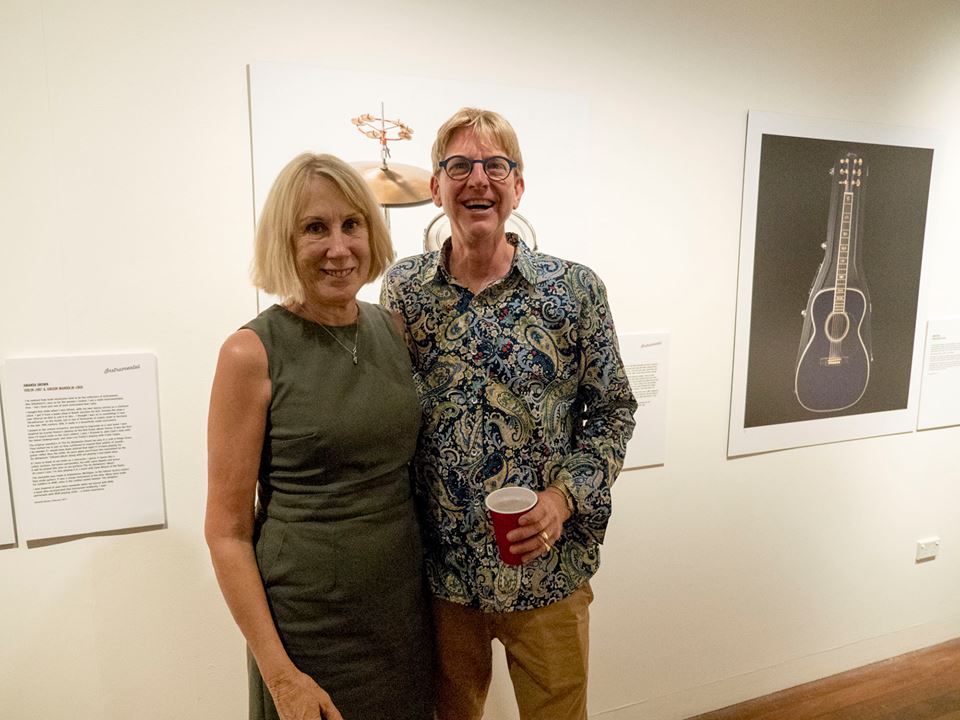
Chuck Bradley and Lindy Morrison at the opening of Chuck's exhibition Instrumental, drummer with Go Betweens in front of her Instrumental photo - well worth the look! photo courtesy of photographer Hugh Hamilton
Chuck on drums at the Opening of Instrumental
More about the opening in this week's Pictorial.
Chuck is passionate about his work, he always has been - there's something that was there at the beginning which he followed and followed through. Thanks to his efforts we all have access to visions that would not exist other than knowing they must be there, somewhere, waiting for someone such as this to come along:
When did you first pick up a camera – while still in the United States?
Yes; I wasn’t very good at school, and my parents were ‘what are you going to do?’. The school started a Graphic Arts program along the lines of how these used to be done, how to do half-tone rendering and typesetting, all the fundamentals as they were taught then.
As I was getting along in that they decide ‘gee, we should get you a camera’ and so bought me a camera when I was 17 years old, a Canon AT1, which I still have, I even have the receipt from Coe’s Camera Shop in Park City, Lancaster – my mum kept everything. I bought cheap Kodak paper and printed and went on from there.
Do you use different cameras for different shots?
No. During my advertising career of course I used what would get what was required – everything had to be medium or large format, so I shot a lot of 5x4 and 10x8 in the 1990’s.
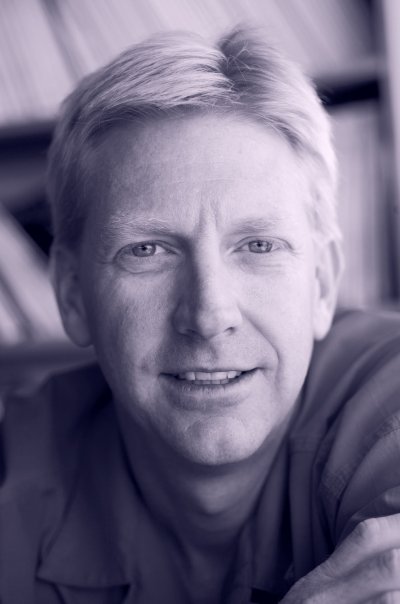 When did you first move to Australia?
When did you first move to Australia?I came to Australia in December 1981, to Brisbane. At the beginning of ’82 I got a job as a Lab Technician at a photographic lab in Fortitude Valley with Barry Green. He was an advertising shooter but he had a lab where he processed his film and would also process other photographers film.
There I was exposed to advertising work.
When I left that lab I got some studio space with a guy named Eric Victor up at Brisbane. He had a great old Salvation Army hall at Latrobe Terrace. I set up shop there and started shooting advertising.
How did you wind up in Sydney?
Back in 1988, the year of the World Expo in Brisbane, I’d gone back to work in a lab that was producing a lot of the print and mural works for this. Through doing this I met these guys at the American Consulate pavilion. Being American one of the guys said ‘have you been home lately?’
He explained that they had cheap flights through Continental airlines and they got me a ticket and I flew home.
I went and saw an old friend from Lancaster who then moved to Hallmark cards to run the photographic department there. Before I left Kansas city four days later I’d been offered a job. I then moved to Kansas city and worked for Hallmark.
My partner Marijo, was working for a company in Kansas city that was negotiating with the New South Wales government for a contract for medical software. She put her hand up for the job and we were repatriated back to Sydney.
I also was ready to shift away from a corporate world – this was great as a training ground but I wanted to get out and shoot advertising again and I wanted to come to Sydney – the big smoke, which was where it was all happening in 1991.
Were you able to do your choice of Still Life’s then?
I’ve always shot, throughout my whole life, for myself, for those works. I mean, I never picked up a camera to ever think I’d make money; I shot because I want to shoot.
So even while I was being paid to shoot advertising I always shot personal work because that’s what I wanted to do. So I was always buying and collecting and photographing stuff for my personal work. That way you’re practising your creative work constantly, which, in turn, gives you more to offer your clients. Your ability gets better and better and better because you’re always working on it – that’s part of it. I was fortunate that that passion turned into a rewarding career.
I still shoot constantly now – that’s how series like Nostalgica and Depth of Field and now Instrumental has come about. Although I don’t shoot commercially anymore, I’m still shooting – there’s always a project afoot.
How do you choose your subjects – or do they choose you?
When I started to get out of advertising, this was changing and everyone had a camera, everyone was a photographer – now everyone has a camera on their phone and is a photographer of sorts, I gave up the lease on the studio I’d had for years down at Brookvale and decided my work had to stand out – I had to get access to stuff nobody was getting access to. This was around the time I began the Life Aquatic theme, which I’m still doing. My goal was to get to the Fairy Penguins at the Manly Aquarium, which I did. No one had access to Fairy Penguins in a tank.
I then was given access to the beach ephemera at Manly Gallery, which no one had had access to, and that coalesced into Nostlagica – I was given the opportunity and wanted to create work that no one else had had the chance to create.
Nostalgica
Images from my "Artist in Residence' program at the Manly Regional Art Gallery and Museum. The museum has a very extensive collection of beach ephemera dating back to the early 1900's. Curators: Katherine Roberts / Ross Heathecote. Manly Surf Life Saving Club and Manly Art Gallery and Museum provided Chuck with access to their collections of artefacts, which he turned into beautiful still life images.
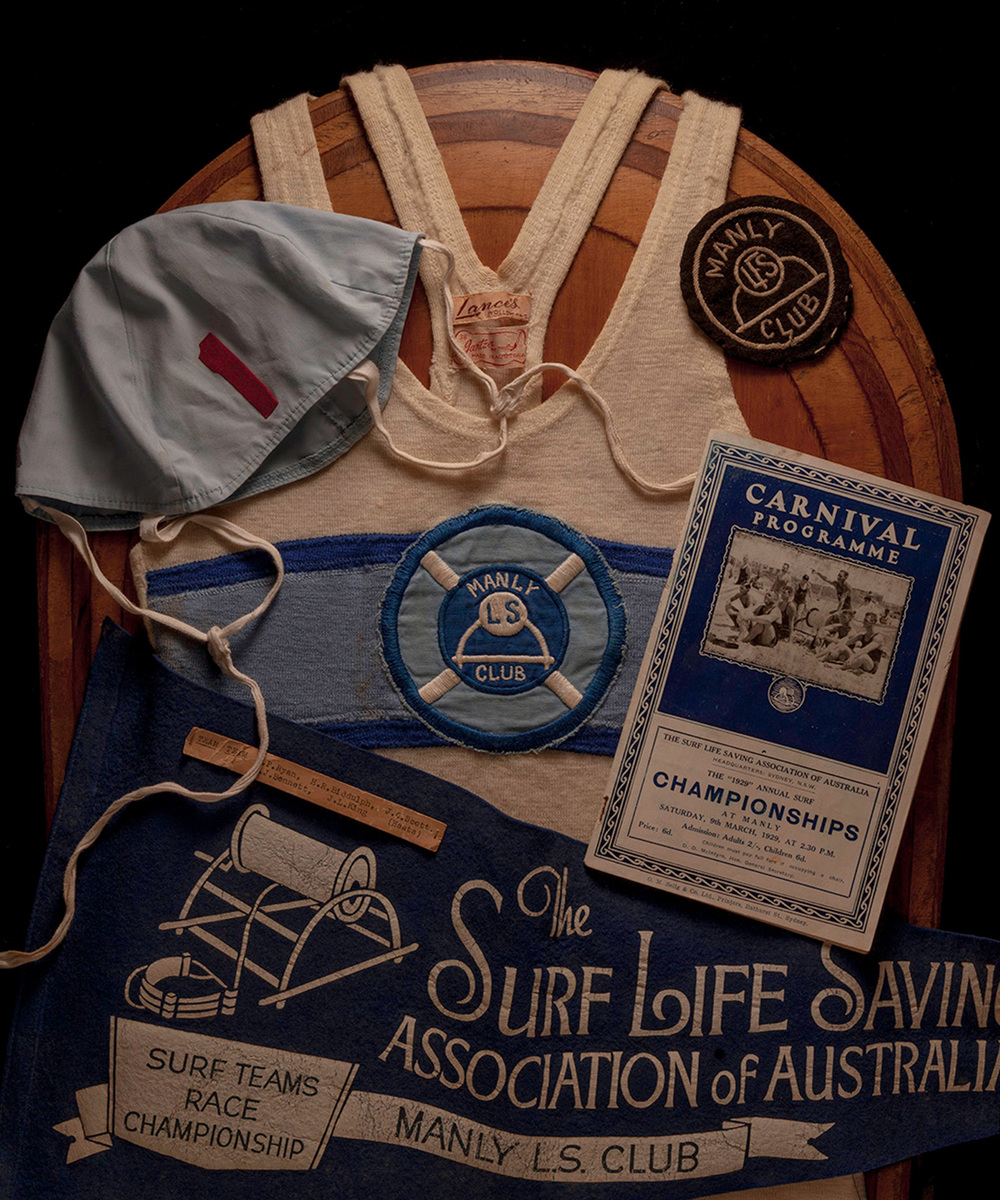
Surf Carnival - Nostalgica
I have always collected old bits and photographed them, so getting access to these objects has been a goal of mine, it's definitely been on my bucket list. The Nostalgica series included an old-fashioned megaphone, lifesaver's whistle and women's rubber swim shoes from the 1930s.
By putting them together it provides a story, gives texture and makes people look at them more carefully.
Depth of Field, the Bradman series is along that same line – I wanted to create work that no one else had had the chance to create. With the Bradman project I decide, well, why not just ask – don’t ask, don’t get – so I sent an email off and next thing you know I’m down there digging through the archives of the Bradman Museum.
They’re beautiful shots, and featured in this year’s Head On Photo Festival?
Yes, I had 12 shots featured in Head On of that work this year.
During that period, I had just finished Nostalgica at Manly and that was opening, which Ross Heathcote was curating while he was working on a Midnight Oil show with Rob Hirst. He said ‘you better meet Rob’ and …
Rob started showing me some of the bits and pieces he’d collected and all of a sudden I’m thinking ‘wow, who gets access to this much Midnight Oils memorabilia!?’ and we started from there – I shot the instruments that were in the exhibition as images
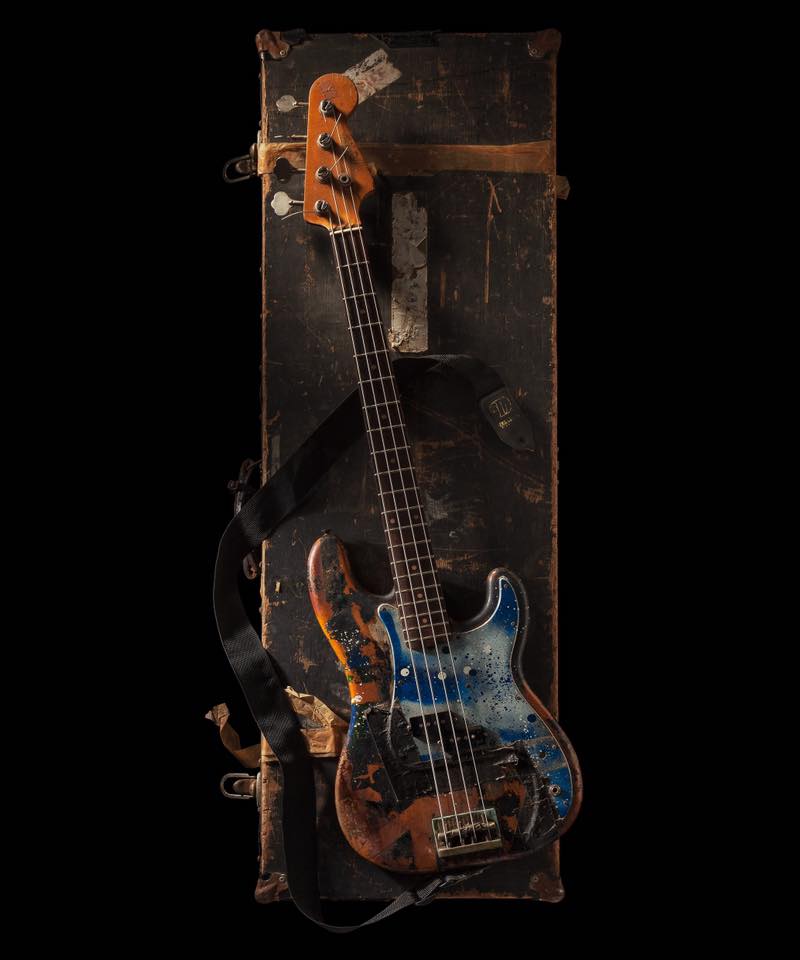
'Instrumental' Past Midnight Oil bass player Peter 'Giffo' Gifford's Fender bass. It was three years ago now that I shot this first instrument, which has lead to Instrumental which opened May 26th at the Manly Art Gallery and Museum
I came up with this idea that people really like the instruments. A year and a half later I’m sitting talking with Rob and said ‘what if I shot all this much loved instruments of this great musicians?’
‘Nostalgic rock? – what a great idea’
And off it went – once again this was something else that no one else was getting access to, so it’s been an amazing journey, what I’ve been allowed to do in the past year.
Your capturing of people during some of the Around the World in 84 Days series and China Places and Faces are just mesmerising – do you like portraiture?
I’ve never considered myself a portrait guy. A friend of mine Gary Grealy, now he’s a portrait guy. To me, even if it’s a portrait, I create it like it’s a Still Life – so the composition of it, all the elements lined up, it’s very geometric. So when I travel what I do in the studio seems to translate into what I do on the street. That’s my training, what I know and what I do.
Do you have throwaways or do you get pretty much what you want first time?
When I’m shooting Still Life in the studio I know what I’m going to get. When Gary and I went into Head On to look at my Bradman work there were some other shooters there and we were speaking to them about this. When Gary and I shot advertising we’d know what we were going to do. I always had a lighting diagram done – I knew what was going to happen. That way, even while you’re shooting a job you could also be working out in your head how to shoot a job that was going to happen two days later. So, most of the time, I know what’s going to happen.
The ability of being able to do that is, the client says, ‘well, I don’t like that, we should try…’ then you are able to that. You can then do those extra angles, show that and you end up back where you started out, that first best way to do it, which you get with everything planned out.
With the Bradman series I would sit down and create stories, I knew quite a bit about cricket history and these stories to begin with. I thought I’d be lucky if I got 20 shots – I ended up with 70. So spending that time going through all the archives I could then build a story around – whether it was about Harold Larwood or Adam Gilchrist or whomever – these stories would come to mind and I’d sketch, I sketch a lot. I’m a terrible drawer but I know in my mind what I’m trying to achieve and that’s a tool that works.
Depth of Field
Images created during my "Artist in Residence' project at the Bradman Museum in Bowral. Given unrestricted access to their vast collection of cricket ephemera, I created over 70 different images from over more then 450 artefacts. I was even lucky enough to hold Don Bradman's first bat.
Client: Bradman Museum / International Cricket Hall of Fame - Curator; David Wells
Instrumental
With Instrumental I wasn’t as prepared as that because with a lot of the guys you simply show up and you don’t know what they’re going to give you. With Andrew Farriss, for example, I ended up with a black Steinway – a photographers worst nightmare.
Try shooting that without reflections Mr. Bradley – good luck!
(laughs) Yeah; you have a black reflective object in a corner of his house – so, a challenge.

I didn’t have any kind of space I could do this stuff in; so I came up with a formula for a look for the series, that although it may vary slightly depending on the space I had to shoot it in, where I knew how I was going to light it regardless of what space I had to shoot it in. So although for some I was shooting in a lockup, or little studios, where you don’t have the luxury of space, you can light it so it gets the story. Charlie Owen, down in Melbourne, he and his wife own a Gallery called ‘Brightspace’ and there I had the whole gallery to work in – white walls, air, it was like being in a studio. Mind you I was up in one corner shooting, still staying with where I’d been, but it was wonderful.
Your works are Visions to many people – did you have a lightbulb moment where you realised ‘I can see and I can translate that through photography’ or was it something else that just kept developing?
I think it’s always been about the light, always. Why that is I don’t know. I’ll be sitting somewhere and remember when I was younger, where I was sitting somewhere, a restaurant, a bar, outside, and the setting, and the draping of a cloth across a table and the contrast of light and the texture always struck me. That may define what I do.
I’ve not studied photography, I just went out and did it. No amount of schooling can develop that in you, you have to have it in there and develop it yourself.
I’m a visual guy, I guess. The written word couldn’t translate it into the light and texture – I had to see it. So I imagine it, I see it in my brain; perhaps similarly to what a movie director may see when he’s planning a scene, it’s running in his head even though it doesn’t exist yet. That’s kind of how it happens. Then when I put the light across something I know how it’s going to look and how to get the feel that I want.
Are there any photographers who have influenced your work – or do you have any favourites?
People have asked me that – I can’t nominate any I’ve followed though. I’ve looked at a lot of images over the years, hundreds and hundreds of images. There was a Hans Neleman years ago, a New York Photographer, others like Craig Cutler, or Terry Heffernan, another American Still Life guy, we would look at his work, and Aaron Jones, the hosemaster – then there’s Gary Grealy. Some of these, as mates such as Gary, can be sounding boards for ideas – ‘what you think about this project; do you think it will fly?’
Day at the Zoo
How did Day at the Zoo begin?
That led from an antique collector friend of mine. I’d done a shot of the giraffe and the two kids holding hands just in front of my boatshed on the island (Scotland Island). I sent this image to my friend and asked him what he thought, did he think I was barking up the wrong tree.
‘no, no, it’s wonderful’
So then I ended up shooting 14 images just in front of my boatshed, in its environment, in all these little scenarios, environmental scenes, and created this little zoo.
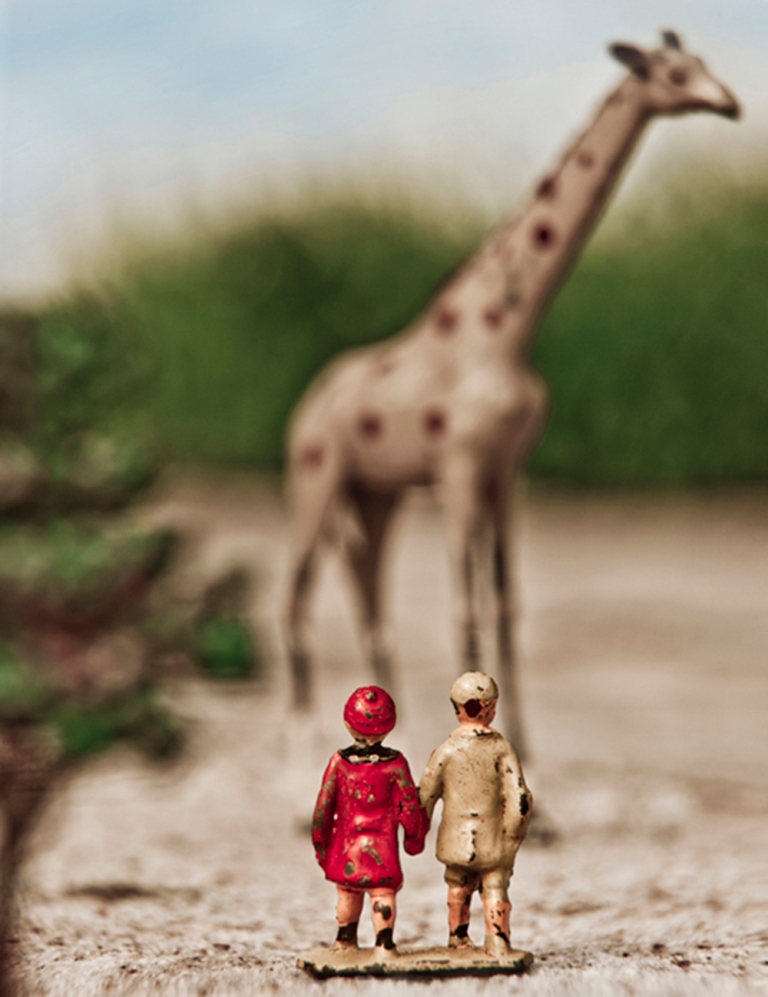
A Day At The Zoo
These tiny lead figurines are 'Britains' and date back to the 1950's. They let the mind run wild and take you to places far away from the day to day.
Just on Scotland Island Chuck; does it help being slightly isolated from us landlubbers?
I don’t know if it helps (laughs). It’s a nice place to hang out. When we came to Sydney I had a friend who lived in Avalon and Marijo and I came to visit and he took us to a headland where we looked across Pittwater – ‘what’s that?’
‘That’s Scotland Island’
‘An island?’
‘Yeah, people live on it.’
‘How cool is that’ – from then on I always wanted to live on Scotland Island.
Having a career and driving to Sydney, it wasn’t possible. Then the kids got older, Marijo was working at Dee Why, I was working at Brookvale and it became more feasible to do, to enjoy this lifestyle. We sold up at Clareville and moved to Scotland Island.
It’s been a great place for a our kids to grow up here – my kids have sailed since the age of five and seven - they’ve grown up on the water and now both work in the marine industry. It’s had a big influence on the family life, living on the water.
Do you have any favourites among your own work?
I don’t think you can – you can have favourite experiences associated with the work – Depth of Field for instance – how many people have got to touch Don Bradman’s bat – that is special. So you can be very fortunate to experience that.

Bradman #3 - Depth of Field
In the most recent Instrumental, I couldn’t name one – each has its own character, it’s own rich story, whether a speaker, a guitar, a songsheet – it all comes together and each is wonderfully unique.
What about Life Aquatic – those Fairy Penguins are brilliant – how was shooting that?
That was pretty interesting. Through the Manly Art Gallery & Museum I was introduced to them. I'd already had hung some of the first Life Aquatic stuff I had done; the turtle, some of the fish, so they knew what it was about.
They said, bring a tank down, we’ll fill it with water, try a couple of Fairy Penguins out and see how they do. I waited a couple of months, got the call; ‘we can do it on this day’.
I got set up, was ready to go, and the guy went and got a penguin.
This thing was like a bullet, it was that fast!
I got, tops, four minutes, and he had to take the penguin out. I had a look at the shots, my lighting, asked if we could have one more go.
He brings me back what I thought was the same penguin. Same thing happens, it’s off like a rocket and I shoot a whole rack of pixels.
We’re all done and dusted and I ask the keeper how he knew which penguin to bring in – he answers ‘I just brought the one that didn’t run the fastest’!
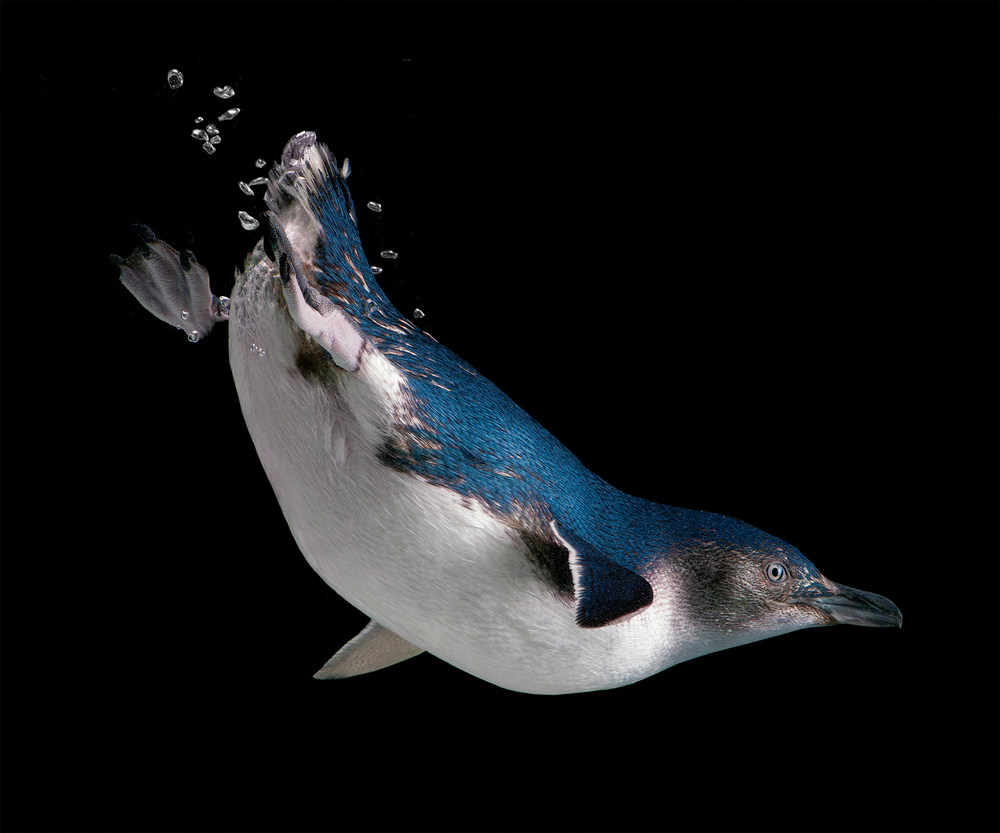
The Sly Dogs – how did the band arise?
I used to play drums in High School. When I came to Australia I hadn’t played for 31 years. My son took up drumming so there was a kit around and I dabbled a little bit.
Then we moved to the Island and all of a sudden there’s this whole group of musicians. I liked the way many of them played, and again – don’t ask, don’t get – and I decided I’m going to learn to play again and ask this one and that one and ended up forming a band. Five years down the track, there we are, still going.
Why ‘Sly Dogs’ though?
Well, there was a whole bunch of us getting together to play. At that point you never knew what you were going to get; who was going to show up; who was going to be there. It was always pretty fluid – that’s how it came about and that just became the name.
You never knew what the make-up
was going to be, so it was a bit ‘sly’ – we could say we were going to be there but if we were actually going to be there no one ever knew. Now it’s settled down to a group that are playing together all the time and have for the last three years. It’s great fun.
What are your favourite places in Pittwater and why?
It would have to be Towler’s Bay, sitting on my 1951 Halvo’ – which I’ve just sold about three months ago – so new plans afoot there too.
What is your ‘motto for life’ or a favourite phrase that you try to live by?
Don’t ask, don’t get.
That’s why I’ve gotten to do what I’ve done. And hey, I’ve had knockbacks, we all do, but I keep asking. Who would of thought if I send an email off to Jimmy Barnes and ask to come shoot some guitars that I’d get a ‘yes’ – or the Farriss brothers – all these great musicians – I’ve been really blessed with this one.
Exhibitions
Solo Exhibition 'Depth of Field' Bradman Museum Bowral
Solo Exhibition 'Nostalgica' Manly Regional Gallery
Solo Exhibition 'Life Aquatic' Manly Sea Life Sanctuary
Group Show Manly Regional Gallery 'Off Shore'
Group Show BSG Gallery Melbourne
Group Show Gone Fishing Gallery
Awards
Two Honourable Mentions IPA 'A Day at the Zoo'
Silvershotz Portfolio Selection (two bodies of work)
IPA awards 2nd Place 'Nature under water Life Aquatic'
Finalist Olive Cotton Portrait Prize
Silvershotz Portfolio Selection
Finalist at D&AD and Award 'XLR8' campaign
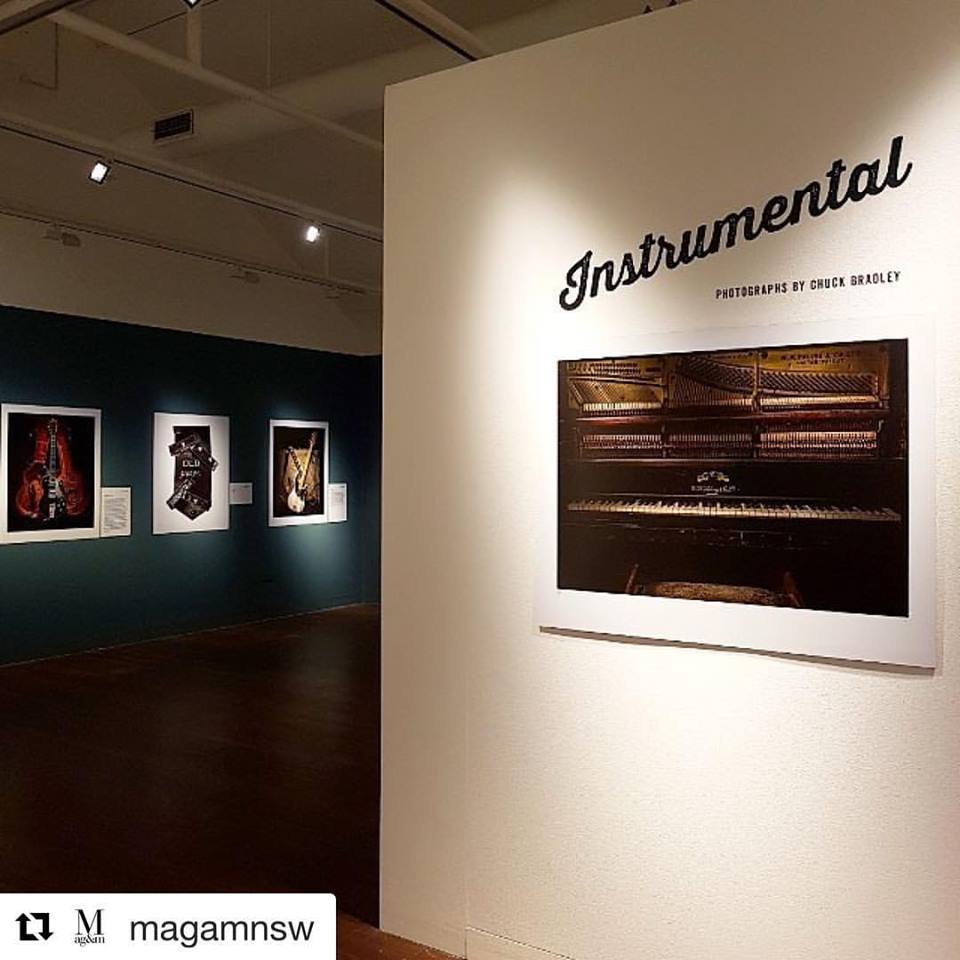
Chuck Bradley with Buzz Bidstrup, drummer for the Angels, at the Opening of Instrumental